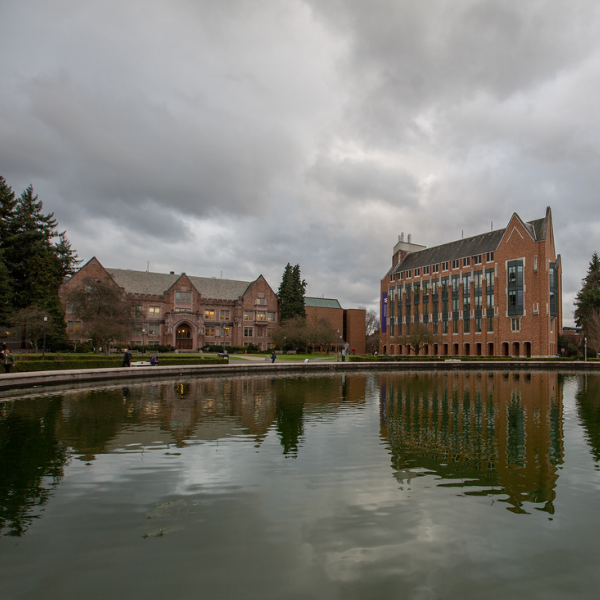Every day the future is expanding in our labs. From the development of advanced unoccupied aerial vehicles to new aerodynamic techniques and unconventional space propulsion concepts, the faculty and students of UW Aero & Astro are honing the cutting edge of tomorrow's technologies.
Undergraduate enrollment
224
Undergraduate enrollment
2023-24
23%
Women
16%
Underrepresented minorities
74
BSAAE degrees awarded 2022-23
Graduate enrollment
252
Graduate enrollment
2020-2021
16%
Women
15%
Underrepresented minorities
21
MSAA degrees awarded 2022-23
23
MAE degrees awarded 2022-23
8
Ph.D. degrees awarded 2022-23
Under-represented Minority (URM) Status: This breakdown splits the students according to whether or not they are part of an under-represented minority. A student will be considered part of an underrepresented minority if that student reports belonging to one or more of the following ethnic/racial groups: Hispanic, Hawaiian/Pacific Islander, American Indian, African-American.
Recent student achievements
- Brooke Owens Fellowship
- Mary Gates Research Scholarship
- NASA Space Technology Research Fellowship
- SAE Doctoral Engineering Fellowship
- Air Force Research Laboratory Space Scholar
- Multiple National Science Foundation Graduate Research Fellows
- Clean Energy Institute Graduate Fellow
- Lemelson-MIT Student Prize
- National Defense Science and Engineering Graduate Fellows
- Air Force Research Laboratory Space Scholar
- Department of Defense SMART Scholar
- Josephine de Karman Fellow
- UW Husky 100
- National Sciences and Engineering Research Council of Canada Fellows
- Forbes Magazine's "30 Under 30" Awardee
Quick history
The University of Washington’s William E. Boeing Department of Aeronautics & Astronautics (A&A) has helped shape one of the most influential and dynamic aerospace regions over the past century.

1917